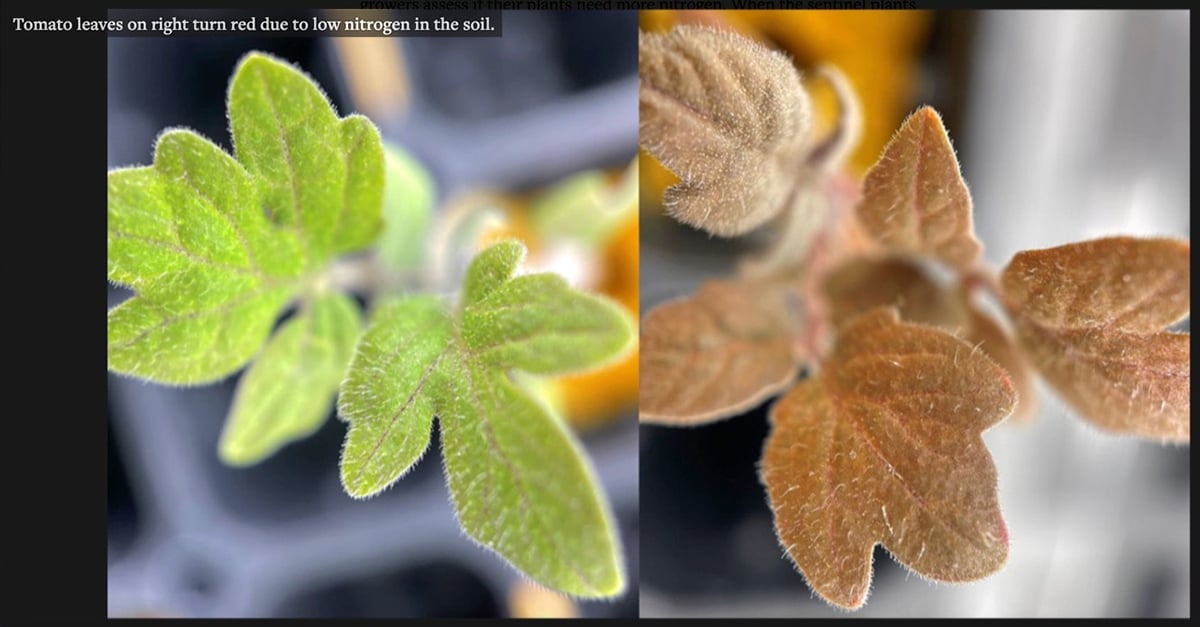Conditions ideal for disease | Spraying should be done when heads are emerging
REGINA — Proper fungicide timing is critical to control.
Whether it is dealing with fusarium head blight in cereals or protecting canola yields, applying products before or after the correct stage for control determines whether the investment in the product will pay off.
When it comes to fusarium, the lateness of seeding for much of the crop in Saskatchewan, western Manitoba and southeastern Alberta has put wheat crops in a vulnerable window of warm weather and high humidity.
Rain continues to come in the form of showers for much the region, creating conditions favourable for the growth of fusarium graminearum.
Read Also

American researchers design a tomato plant that talks
Two students at Cornell University have devised a faster way to detect if garden plants and agricultural crops have a sufficient supply of nitrogen.
Last year, producers across the West ran into issues with cereals flowering during high humidity and moderate temperatures.
The same conditions that promote high yields also provide habitat for disease.
“It was a tough year for fusarium. Even when you are planting resistant varieties, there is no magic when the conditions are that ideal for infection,” said Jason Leitch of BASF.
While the disease has a narrow window to infect crops, it also has a narrow window where it can be prevented from infecting cereal heads.
Leitch said application timing to control the pest is limited to when the heads are emerging from the boot and before any symptoms of disease are obvious.
“Unfortunately there aren’t any easy ways to predict the weather, but if things are looking like you might have a problem, you’ll sleep better at night knowing you took care of it,” he said.
Keeping deoxynivalenol from forming, as well as the shrunken, darkened kernels and diminished yields, means applying fungicide when 75 to 90 percent of the heads are emerged and 20 percent have started to flower.
“You want to make sure you are putting on 10 gallons or more of water. It needs to coat the crop,” he said.
Timing for spraying canola crops to reduce sclerotinia is just as critical as for FHB in wheat, said Canola Council agronomist Keith Gabert.
“We’ve been getting heat, and that is good for reducing the threat of the (sclerotinia), however, we’ve also got a lot of water out there in places and that means the threat is still very real. All it takes are some good morning dews and a canopy to keep this threat alive,” said Gabert.
“Good moisture means good crop prospects. And prices are doing well. That means the economic threshold for application is lower than it might otherwise be,” he said.
An investment in fungicide will likely pay off well this year, says the Alberta agronomist.














